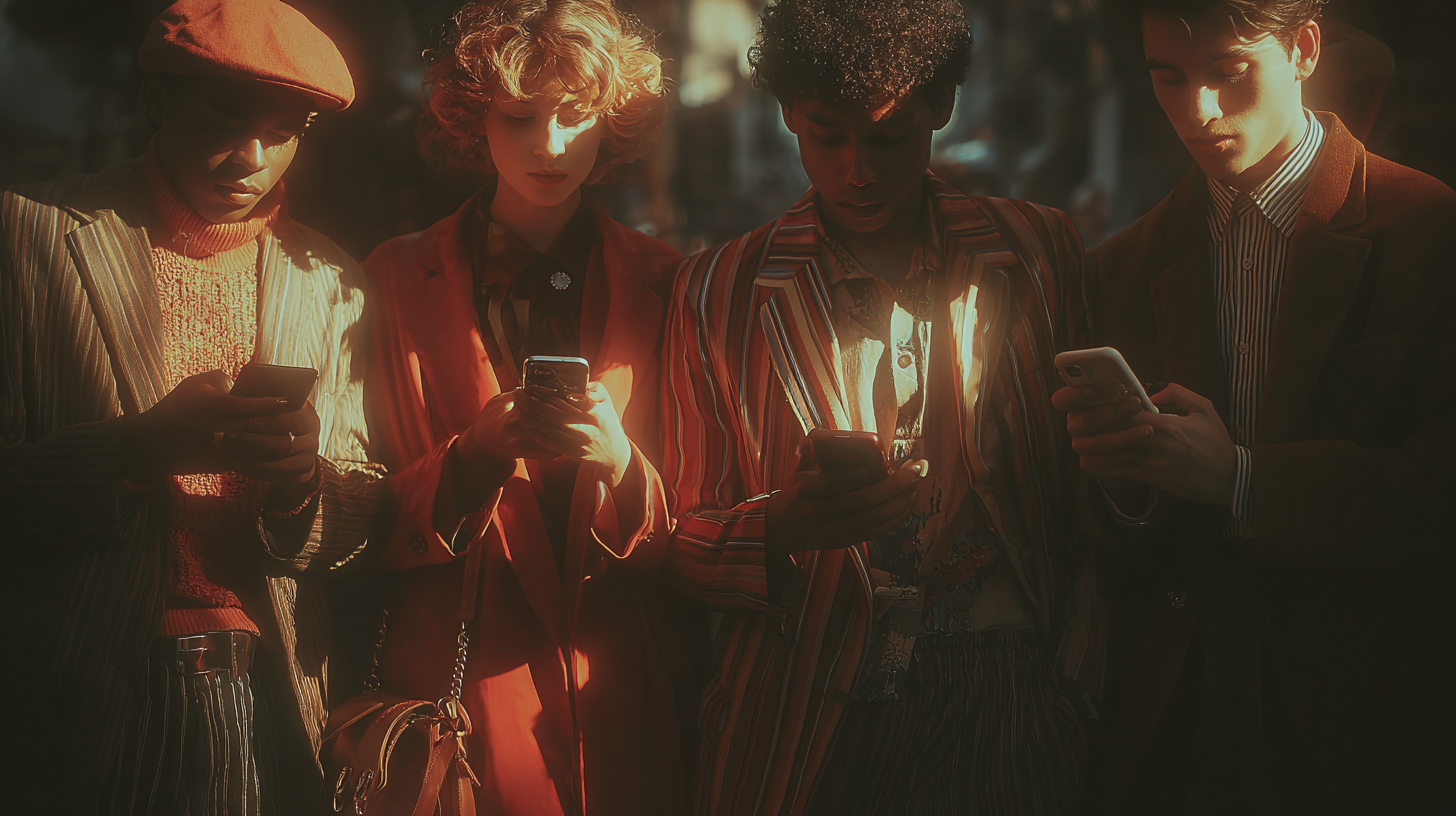
Youth Digital Well-Being: A New Framework for a Generation Living Online
Teenagers today are navigating the most competitive attention economy in human history. Their identities are being shaped not in classrooms or community centers, but across TikTok feeds, gaming platforms, Reels, Discord servers, and the fast-moving worlds of influencers and creators.
Youth are not just consuming content—they are becoming who they are through it.
If we want to support healthier digital well-being, we cannot simply ask them to “limit screen time.” We must understand how identity, emotion, and storytelling intersect with their digital lives—and speak to them in the places where their attention already lives.
This article introduces a modern youth well-being strategy built on:
- The Heart–Hands–Head communication model
- Narrative psychology and the Hero’s Journey
- Erikson’s stages of development
- Platform-specific storytelling
- Emotionally intelligent communication
All optimized to meet youth where they are.

Why Youth Digital Well-Being Is a Communication Issue—Not a Screen-Time Issue
Most digital wellness initiatives focus on limits, controls, or behavior change. But young people rarely respond to top-down rules.
Why?
Because their digital habits are deeply tied to:
- Identity formation
- Belonging and peer culture
- Creativity and self-expression
- Emotional needs
- Exploration and curiosity
The real challenge is not how much time they spend online. It’s how intentionally they relate to the stories and platforms influencing them.
Young people need guidance, not restrictions. They need meaning-making, not monitoring. And they need approaches rooted in their world, not in ours.
This is where strategic communication becomes essential.

The Heart–Hands–Head Strategy for Youth Digital Well-Being
This communication model, used in global health and behaviour influence, is one of the most effective ways to reach youth authentically.
1. Heart: Speak to Their Emotions and Identity
Youth engage with content emotionally first, logically second.
To reach them, communication must:
- Reflect their lived experiences
- Validate their emotions
- Acknowledge digital overwhelm without shaming it
- Use stories they can see themselves in
This is where storytelling becomes powerful.

How the Hero’s Journey Helps Youth Understand Themselves
Joseph Campbell’s Hero’s Journey mirrors the emotional arc many teenagers already live through online.
Ordinary World
Endless scrolling, comparison, digital fatigue, feeling “behind.”
Call to Adventure
A sudden emotional dip, a relatable video, or the realization that they feel mentally exhausted.
Mentor
Creators, artists, characters, or youth-focused communicators offering language and clarity.
Trials
Small attempts to create boundaries, reflect, pause, or change micro-habits.
Transformation
Not quitting technology—but understanding themselves in relation to it.
Return with Insight
A more conscious digital identity.
When well-being content is structured through storytelling, it doesn’t feel like advice—it feels like recognition.

2. Hands: Use Platforms They Already Trust
Youth won’t search for digital well-being content.
They will encounter it inside the content they already consume every day.
Where Youth Attention Lives
- TikTok
- YouTube Shorts
- Instagram Reels
- Gaming platforms
- Music and pop culture
- Private group chats
- Discord communities
Practical “Hands” Applications
- Short-form videos that mirror the Hero’s Journey
- Micro-reflection challenges (“3 minutes of thinking before scrolling”)
- Music and lyrics that address burnout or identity
- Gamified choices that reward balance and self-awareness
- Creator-led conversations about online pressure and mental clarity
The goal is not to pull youth away from these platforms—it’s to embed moments of self-reflection directly inside them.

3. Head: Give Youth the Tools to Understand Themselves
This is where Erik Erikson’s developmental theory becomes essential.
How Erikson’s Stages Shape Digital Well-Being
Identity vs. Role Confusion (Ages 12–18)
Teens ask: Who am I? Who am I becoming?
Online content heavily influences this process.
Intimacy vs. Isolation (Ages 18–25)
Young adults seek deeper, meaningful relationships—often through digital channels.
Why This Matters
Digital well-being content must help youth:
- Name their emotions
- Reflect on how they feel after using platforms
- Understand their digital identity
- Recognize when content overwhelms them
- Build self-awareness around attention and mental states
This is the “Head” layer: giving cognitive clarity, not just advice.
How Storytelling + Psychology + Platforms Create a Real Solution
Bringing these elements together creates a communication ecosystem:
Heart
Emotional relevance through stories youth relate to.
Hands
Platform-specific content that appears naturally in their feeds and communities.
Head
Developmentally appropriate insights that build self-understanding.
This combination empowers youth to:
- Think about their digital habits
- Reflect on their identity
- Understand their emotional responses
- Make small, meaningful adjustments
- Develop digital self-awareness without shame or pressure
A Modern, Youth-Centred Approach to Digital Well-Being
Here’s how organizations, educators, brands, and parents can use this framework:
1. Use Narrative-Driven Campaigns
Instead of rules, create stories.
Instead of warnings, create reflection moments.
2. Partner With Creators, Artists, Gamers
Youth trust people, not policies.
Collaborations amplify both reach and authenticity.
3. Build Reflection Into Content
Simple prompts like:
- “How do you feel right now?”
- “Does this scroll energize you or drain you?”
- “What story are you telling yourself online?”
4. Normalize Pauses, Not Prohibitions
Balance is built through micro-habits, not restrictions.
5. Root Everything in Identity and Belonging
Support the developmental needs youth are already navigating.

Youth Don’t Need Less Technology—They Need More Understanding
The future of youth well-being isn’t about cutting screen time.
It’s about reshaping the digital stories that shape them.
With the right storytelling, strategic communication, and psychology-driven frameworks, we can help young people develop:
- Clarity
- Identity
- Reflection
- Emotional regulation
- Digital confidence
We can support a generation not by pulling them away from the digital world—
but by empowering them to navigate it with awareness and agency.

